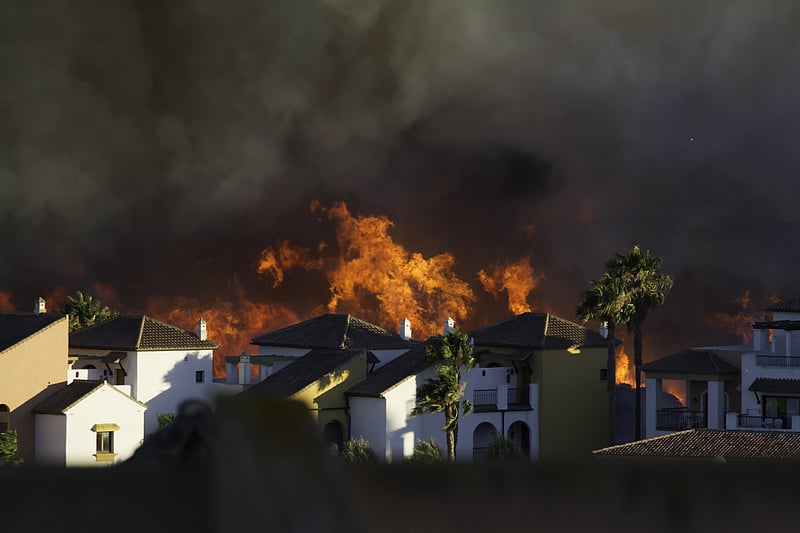Manténgase sano!

- Steven Reinberg
- Posted July 19, 2022
Which Americans Are Most (and Least) Prepared for Disasters?
When hurricanes, floods and fires hit, everyone can struggle to respond and cope, but new research suggests that women, people with kids under 18, renters, the poor, and Black and Asian Americans are the most vulnerable to weather disasters.
These groups need special help before disasters occur to make sure they're equipped to act, said lead researcher Smitha Rao, an assistant professor of social work at Ohio State University.
"Focusing on vulnerable groups, understanding their specific barriers, and connecting them to resources within the community are key strategies to ensure no one is left behind when disaster strikes," Rao said in a university news release.
For the study, Rao's team used data from the 2018 Federal Emergency Management Agency National Household Survey, which asked more than 4,700 Americans questions about their preparedness for disasters.
The issue has become increasingly important, Rao said. "For many Americans, it is not a question of if you're going to be impacted by a disaster, but when," she noted.
The number of billion-dollar weather disasters in the United States increased sharply between the 1980s and the 2000s, according to a federal government report.
Rao and her colleagues considered people were minimally prepared if they were ready to evacuate or shelter in place for three days. These included money, supplies to live through three days without power or running water, and access to transportation.
"It really is just the minimum. We should all have a 'go bag' with non-perishable foods, important medications, a flashlight and some emergency cash," she said.
Rao's team also looked at factors linked with preparedness. They found that believing in being ready for disasters was tied with being at least adequately prepared. However, people who lacked confidence in their ability to act in an emergency were less likely to be minimally prepared, the findings showed.
"Confidence was an important aspect of being prepared. We can't tell for sure from these data, but part of this may be how much confidence they have that government institutions will help them when necessary," Rao said. "Socially vulnerable groups that we found were less likely to be minimally prepared may also lack confidence in institutions that are supposed to help during disasters."
It was no surprise that poor people were less likely to be prepared, she said. People who struggle to meet day-to-day needs often don't have the ability and resources to plan for everyday events, let alone for disasters, Rao said.
Rao's group also found that people who had received information about preparing for a disaster were more likely to be prepared. "But more than half of the sample - 56% - reported not receiving any information on preparedness in the past six months, so this is an important area of intervention," she said.
"Disasters don't affect everyone evenly," Rao said. "We need to find ways to help those who are most at risk of the consequences of disasters."
The report was published in the July issue of the International Journal of Disaster Risk Reduction.
More information
For more on preparing for disasters, head to Ready.Gov.
SOURCE: Ohio State University, news release, July 18, 2022






